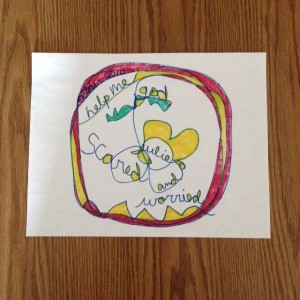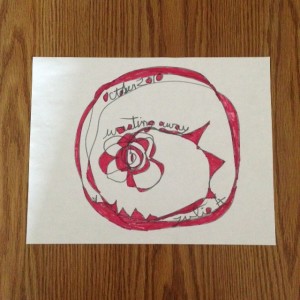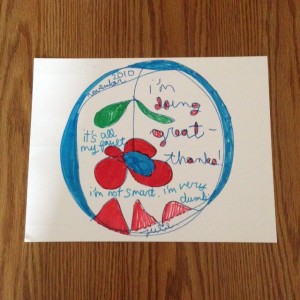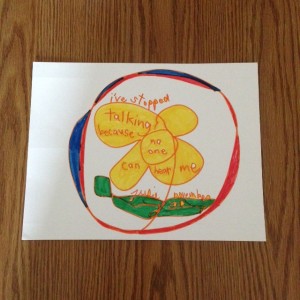Yes, it does. Good art is often the result of heartbreak or loss. That being said, good art also comes from happiness and joy. There’s a stereotype about the starving, tortured artist, and what art should look like. You don’t have to be starving or tortured. Art mirrors where we’re at mentally and emotionally. An artist creates art to release the darkness and trauma. Nobody really wants to stay tortured.
The idea for this blog came from a quote I saw on Twitter about how a happy, well-adjusted person makes bad art. I would have to disagree. Yes, a musician will make completely different music after a breakup than a marriage. But who are we to judge which one is better? As long as it’s authentic and sounds good, somebody will be able to relate. And that’s why we make art, to express our feelings, meet others who understand, and be comforted by the fact that we aren’t alone.
Recently, I’ve been making “happy” art, and yes, it is a bit boring. Much different from the black and red messy paintings I made for many, many years. There’s a Rumi quote, “If all you can do is crawl, start crawling.” If all I can do is make dots, I’m gonna make dots. And as I loosen up, my artwork will loosen up. I will be able to make flowing lines and funny shapes. My artwork shouldn’t be dark and dreary anymore. Anyone who wants to stay sarcastic and apathetic because being inspirational isn’t cool, that’s your prerogative. Maybe one day you’ll wake up and realize time is slipping away. You’ll lose someone you love and realize forgiveness weighs less than a grudge.
I decided to share the flower mandalas that I made in Oct/Nov 2010. I talk about them in the book. I made these while I was bedridden leaking spinal fluid. These aren’t the black and red paintings, they were left in Boulder and Santa Fe. These are about my struggle to recover from cancer treatment, feeling hopeless and scared.
I’ve never shared these before, and they didn’t make it into the book. I’ve kept them safe in a tote because I knew one day I’d want to look at them again. There are also two butterflies, but I didn’t take pictures of them. These are good examples of art therapy, they are a visual diary of my feelings from a time when I was struggling to find hope.
I will post another blog soon and share more about my current life and future plans. All is well, I am busy and happy! 🙂
Have a good week,
Julie
p.s. I was just getting ready to post this blog when I heard that Prince died today. OMG! Rock God. Legend. Amazing music. Super talented. The doves are crying. RIP beautiful soul.




